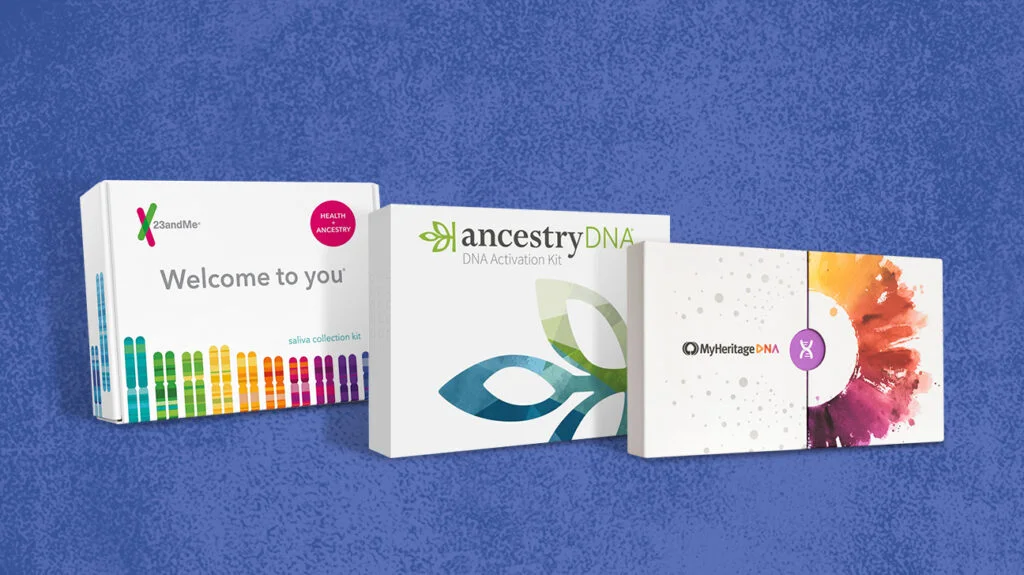As the days get shorter and temperatures drop, many people find themselves feeling down, sluggish, or less motivated. This could be more than just the “winter blues”—it could be Seasonal Affective Disorder (SAD), a form of depression linked to seasonal changes.
SAD primarily occurs during the fall and winter months when sunlight exposure decreases, affecting mood-regulating chemicals in the brain. It is more common in women and younger adults, but it can affect anyone. Understanding its symptoms and learning effective coping strategies can help individuals regain energy and improve their overall well-being.

Recognizing the Symptoms of Seasonal Depression
SAD shares symptoms with general depression, but its seasonal nature makes it distinct. If you experience the following symptoms during winter or fall, you might be dealing with SAD:
Common Symptoms:
- Persistent low energy levels
- Changes in appetite (cravings for carbohydrates and overeating)
- Difficulty concentrating or making decisions
- Increased sleep duration but still feeling fatigued
- Frequent fidgeting or pacing
- Feeling “stuck” or unmotivated
- Loss of interest in usual activities
If left untreated, SAD can significantly impact daily life, work productivity, and relationships. However, there are effective ways to combat its effects.
Causes and Risk Factors of SAD
The Role of Light Exposure
One of the primary causes of SAD is a lack of sunlight, which affects two critical brain chemicals:
- Melatonin: Regulates sleep and wake cycles. Increased darkness can cause excessive melatonin production, leading to drowsiness and fatigue.
- Serotonin: Often called the “happiness chemical,” serotonin levels drop due to reduced sunlight exposure, contributing to feelings of sadness and depression.
Additional Risk Factors:
- Living in regions with long winters and limited daylight
- Family history of depression or SAD
- Existing mental health conditions, such as anxiety or depression
- Vitamin D deficiency
Understanding these factors can help in finding the right treatment and coping strategies.
Effective Ways to Overcome Seasonal Depression
While SAD can feel overwhelming, several treatment options and lifestyle changes can help alleviate symptoms.
1. Bright Light Therapy
Using a light therapy box for 30-60 minutes every morning can mimic natural sunlight and boost serotonin levels. These devices are particularly effective when used within an hour of waking up.
2. Increase Natural Light Exposure
If going outside isn’t an option, try:
- Keeping curtains open during daylight hours
- Arranging furniture near windows
- Using daylight-mimicking indoor lights
3. Stay Physically Active
Regular exercise is a natural mood booster. 30 minutes of physical activity—such as brisk walking, yoga, or home workouts—can help regulate hormones and improve energy levels.
4. Maintain a Balanced Diet
- Eat nutrient-rich foods like lean proteins, whole grains, and leafy greens.
- Reduce sugar and refined carbs to prevent energy crashes.
- Consider Vitamin D supplements, as low levels are linked to SAD.
5. Social Interaction and Mental Stimulation
- Stay connected with friends and family.
- Join online or in-person support groups.
- Engage in hobbies or new activities to keep the mind active.
6. Seek Professional Help
If SAD significantly affects your daily life, consider therapy or medication. A mental health professional can provide cognitive behavioral therapy (CBT) or prescribe medications if needed.
Can Seasonal Depression Occur in Summer?
While SAD is mostly associated with winter, some individuals experience summer-onset SAD. Symptoms include:
- Insomnia
- Reduced appetite
- Anxiety or restlessness
- Irritability
- Difficulty focusing
Causes may include excessive heat, longer daylight hours disrupting sleep, or seasonal life changes.
Frequently Asked Questions:
1. What are the first signs of Seasonal Affective Disorder?
Early signs include fatigue, increased sleep, carb cravings, difficulty concentrating, and a general sense of sadness during specific seasons.
2. How long does Seasonal Depression last?
SAD typically begins in late fall and improves in early spring when daylight increases.
3. Can SAD go away on its own?
Mild cases may improve naturally with longer daylight, but many benefit from therapy, light exposure, or lifestyle changes.
4. Does Vitamin D help with Seasonal Affective Disorder?
Yes, Vitamin D plays a crucial role in mood regulation, and supplementation can help mitigate symptoms.
5. Who is at the highest risk for SAD?
Women, young adults, those living in colder climates, and individuals with a family history of depression are most at risk.




